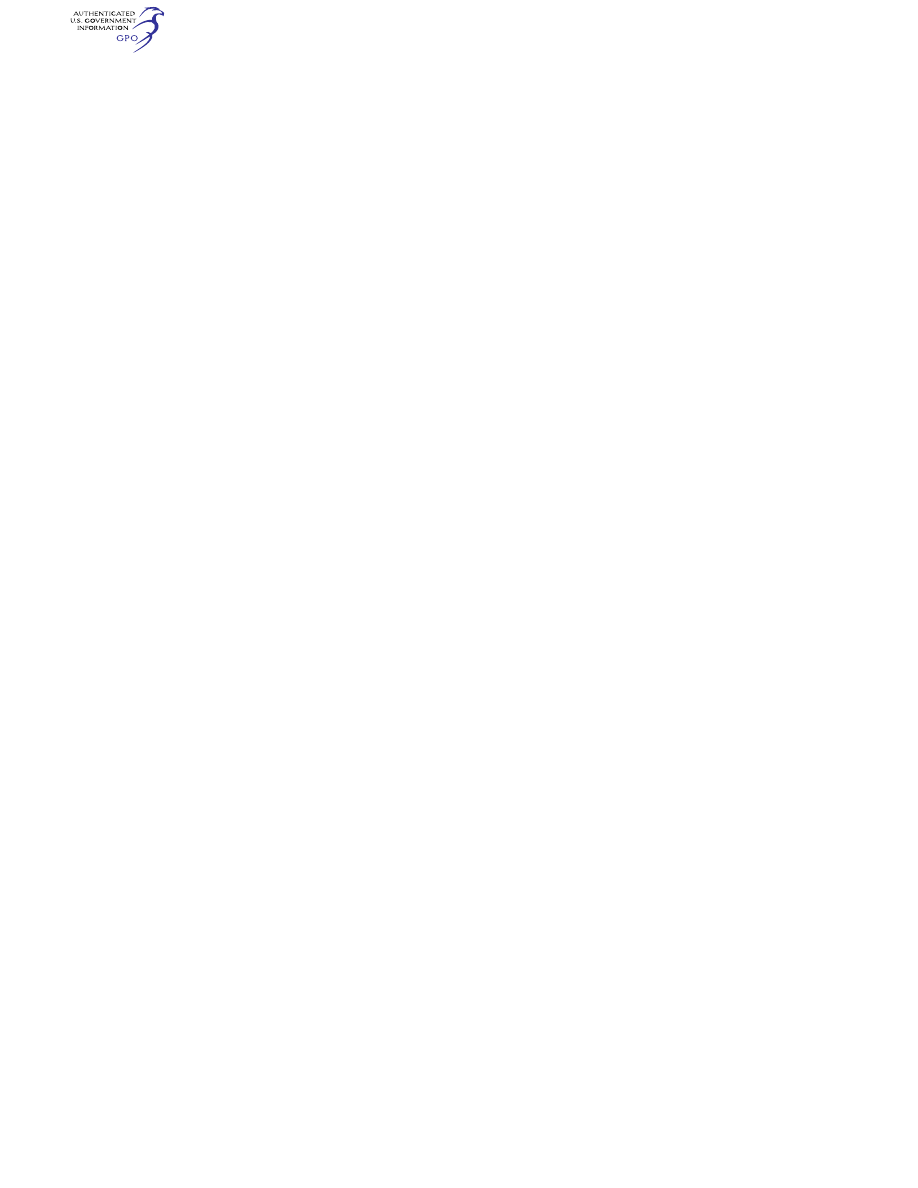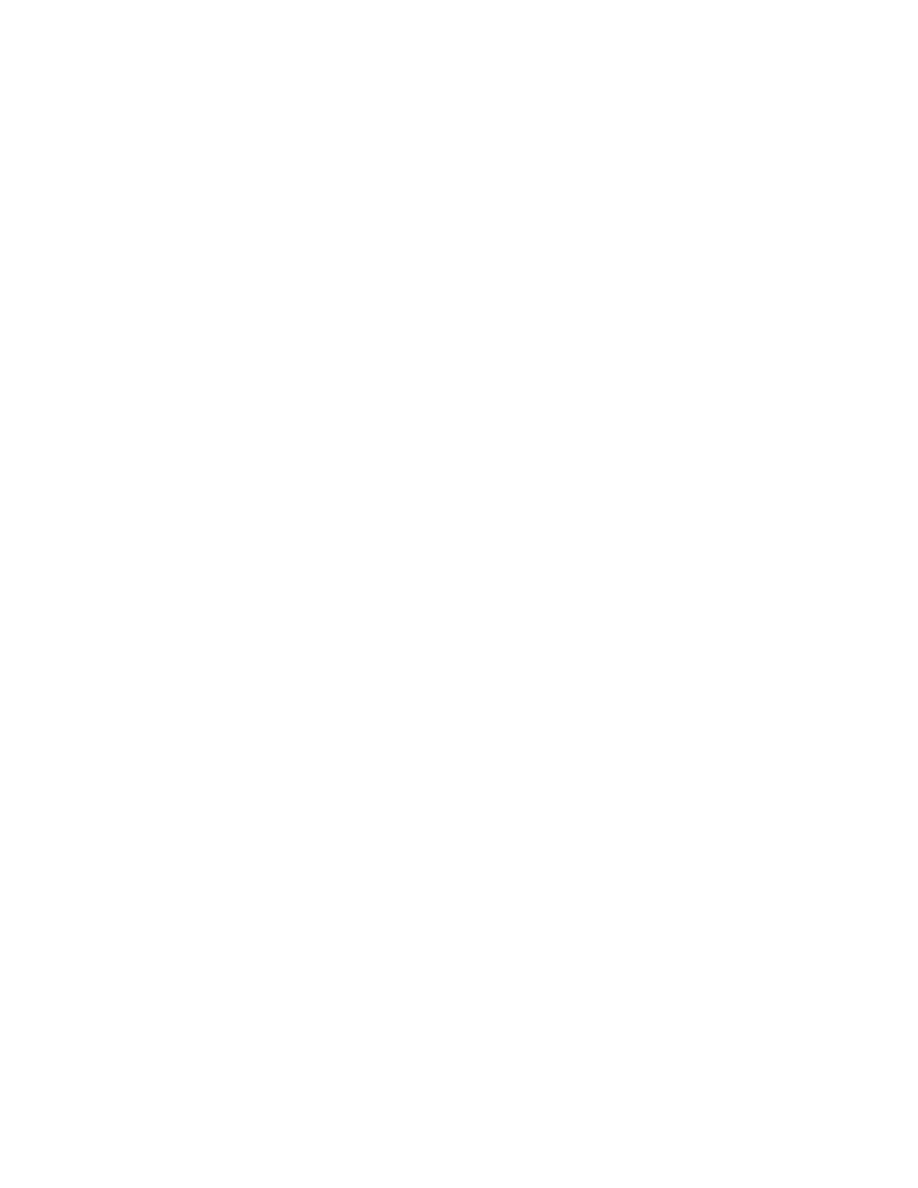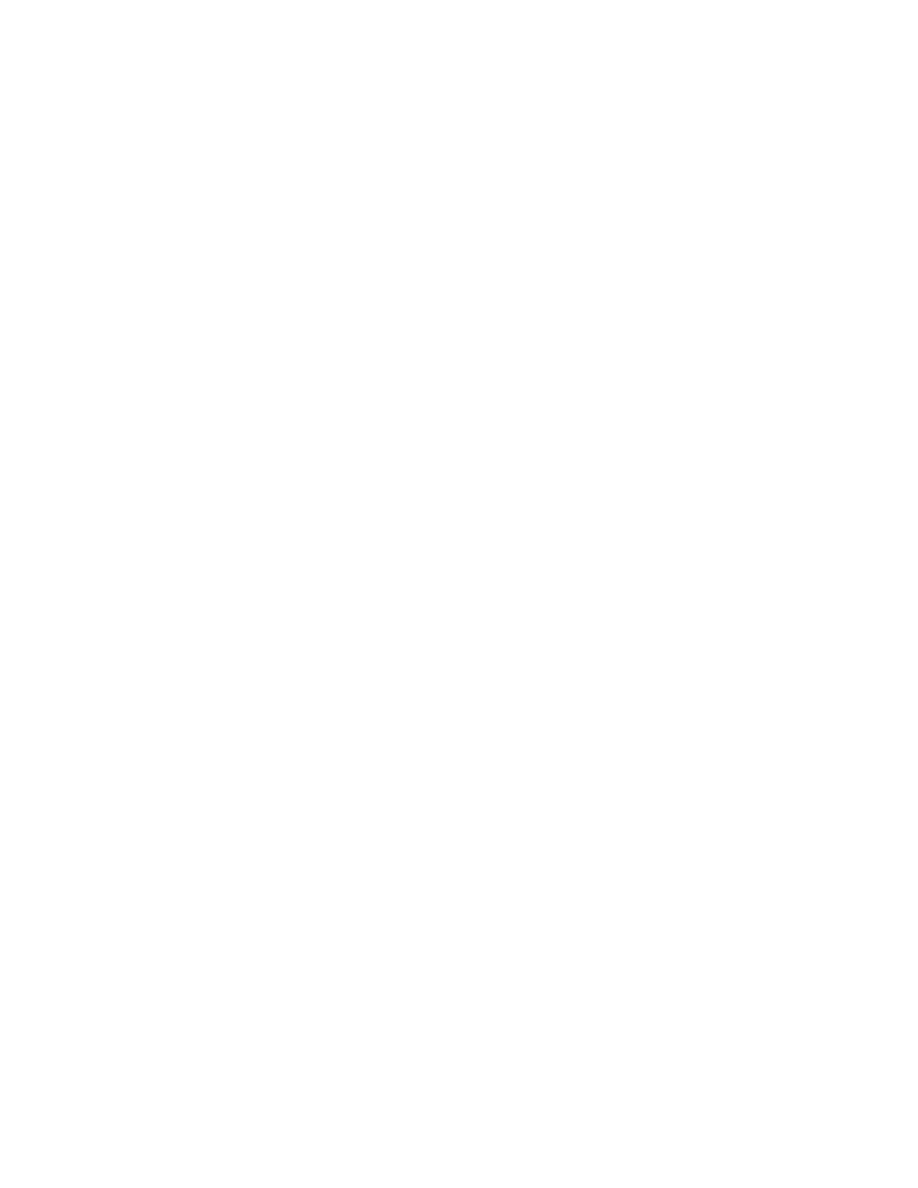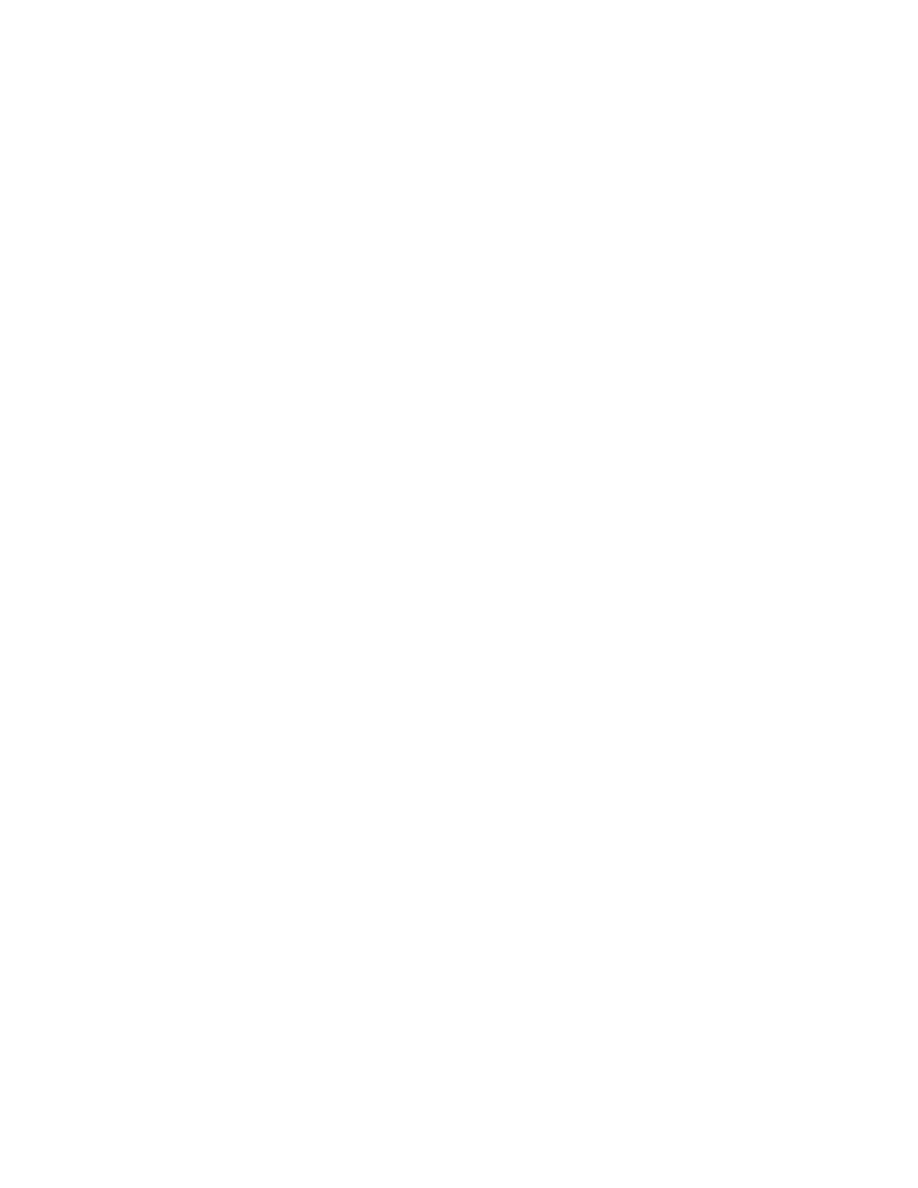
627
Federal Aviation Administration, DOT
§ 29.923
fan blades are not operating at reso-
nant conditions within the operating
limits of the rotorcraft.
(Secs. 313(a), 601, and 603, 72 Stat. 752, 775, 49
U.S.C. 1354(a), 1421, and 1423; sec. 6(c), 49
U.S.C. 1655 (c))
[Amdt. 29–13, 42 FR 15046, Mar. 17, 1977, as
amended by Amdt. 29–26, 53 FR 34215, Sept. 2,
1988]
R
OTOR
D
RIVE
S
YSTEM
§ 29.917
Design.
(a)
General. The rotor drive system
includes any part necessary to trans-
mit power from the engines to the
rotor hubs. This includes gear boxes,
shafting, universal joints, couplings,
rotor brake assemblies, clutches, sup-
porting bearings for shafting, any at-
tendant accessory pads or drives, and
any cooling fans that are a part of, at-
tached to, or mounted on the rotor
drive system.
(b)
Design assessment. A design assess-
ment must be performed to ensure that
the rotor drive system functions safely
over the full range of conditions for
which certification is sought. The de-
sign assessment must include a de-
tailed failure analysis to identify all
failures that will prevent continued
safe flight or safe landing and must
identify the means to minimize the
likelihood of their occurrence.
(c)
Arrangement. Rotor drive systems
must be arranged as follows:
(1) Each rotor drive system of multi-
engine rotorcraft must be arranged so
that each rotor necessary for operation
and control will continue to be driven
by the remaining engines if any engine
fails.
(2) For single-engine rotorcraft, each
rotor drive system must be so arranged
that each rotor necessary for control in
autorotation will continue to be driven
by the main rotors after disengage-
ment of the engine from the main and
auxiliary rotors.
(3) Each rotor drive system must in-
corporate a unit for each engine to
automatically disengage that engine
from the main and auxiliary rotors if
that engine fails.
(4) If a torque limiting device is used
in the rotor drive system, it must be
located so as to allow continued con-
trol of the rotorcraft when the device
is operating.
(5) If the rotors must be phased for
intermeshing, each system must pro-
vide constant and positive phase rela-
tionship under any operating condi-
tion.
(6) If a rotor dephasing device is in-
corporated, there must be means to
keep the rotors locked in proper phase
before operation.
[Doc. No. 5084, 29 FR 16150, Dec. 3, 1964, as
amended by Amdt. 29–12, 41 FR 55472, Dec. 20,
1976; Amdt. 29–40, 61 FR 21908, May 10, 1996]
§ 29.921
Rotor brake.
If there is a means to control the ro-
tation of the rotor drive system inde-
pendently of the engine, any limita-
tions on the use of that means must be
specified, and the control for that
means must be guarded to prevent in-
advertent operation.
§ 29.923
Rotor drive system and con-
trol mechanism tests.
(a)
Endurance tests, general. Each
rotor drive system and rotor control
mechanism must be tested, as pre-
scribed in paragraphs (b) through (n)
and (p) of this section, for at least 200
hours plus the time required to meet
the requirements of paragraphs (b)(2),
(b)(3), and (k) of this section. These
tests must be conducted as follows:
(1) Ten-hour test cycles must be used,
except that the test cycle must be ex-
tended to include the OEI test of para-
graphs (b)(2) and (k), of this section if
OEI ratings are requested.
(2) The tests must be conducted on
the rotorcraft.
(3) The test torque and rotational
speed must be—
(i) Determined by the powerplant
limitations; and
(ii) Absorbed by the rotors to be ap-
proved for the rotorcraft.
(b)
Endurance tests; takeoff run. The
takeoff run must be conducted as fol-
lows:
(1) Except as prescribed in para-
graphs (b)(2) and (b)(3) of this section,
the takeoff torque run must consist of
1 hour of alternate runs of 5 minutes at
takeoff torque and the maximum speed
for use with takeoff torque, and 5 min-
utes at as low an engine idle speed as
VerDate Sep<11>2014
09:06 Jun 28, 2024
Jkt 262046
PO 00000
Frm 00637
Fmt 8010
Sfmt 8010
Y:\SGML\262046.XXX
262046
jspears on DSK121TN23PROD with CFR

628
14 CFR Ch. I (1–1–24 Edition)
§ 29.923
practicable. The engine must be de-
clutched from the rotor drive system,
and the rotor brake, if furnished and so
intended, must be applied during the
first minute of the idle run. During the
remaining 4 minutes of the idle run,
the clutch must be engaged so that the
engine drives the rotors at the min-
imum practical r.p.m. The engine and
the rotor drive system must be acceler-
ated at the maximum rate. When de-
clutching the engine, it must be decel-
erated rapidly enough to allow the op-
eration of the overrunning clutch.
(2) For helicopters for which the use
of a 2
1
⁄
2
-minute OEI rating is requested,
the takeoff run must be conducted as
prescribed in paragraph (b)(1) of this
section, except for the third and sixth
runs for which the takeoff torque and
the maximum speed for use with take-
off torque are prescribed in that para-
graph. For these runs, the following
apply:
(i) Each run must consist of at least
one period of 2
1
⁄
2
minutes with takeoff
torque and the maximum speed for use
with takeoff torque on all engines.
(ii) Each run must consist of at least
one period, for each engine in sequence,
during which that engine simulates a
power failure and the remaining en-
gines are run at the 2
1
⁄
2
-minute OEI
torque and the maximum speed for use
with 2
1
⁄
2
-minute OEI torque for 2
1
⁄
2
min-
utes.
(3) For multiengine, turbine-powered
rotorcraft for which the use of 30-sec-
ond/2-minute OEI power is requested,
the takeoff run must be conducted as
prescribed in paragraph (b)(1) of this
section except for the following:
(i) Immediately following any one 5-
minute power-on run required by para-
graph (b)(1) of this section, simulate a
failure for each power source in turn,
and apply the maximum torque and the
maximum speed for use with 30-second
OEI power to the remaining affected
drive system power inputs for not less
than 30 seconds. Each application of 30-
second OEI power must be followed by
two applications of the maximum
torque and the maximum speed for use
with the 2 minute OEI power for not
less than 2 minutes each; the second
application must follow a period at sta-
bilized continuous or 30 minute OEI
power (whichever is requested by the
applicant). At least one run sequence
must be conducted from a simulated
‘‘flight idle’’ condition. When con-
ducted on a bench test, the test se-
quence must be conducted following
stabilization at take-off power.
(ii) For the purpose of this para-
graph, an affected power input includes
all parts of the rotor drive system
which can be adversely affected by the
application of higher or asymmetric
torque and speed prescribed by the
test.
(iii) This test may be conducted on a
representative bench test facility when
engine limitations either preclude re-
peated use of this power or would re-
sult in premature engine removals dur-
ing the test. The loads, the vibration
frequency, and the methods of applica-
tion to the affected rotor drive system
components must be representative of
rotorcraft conditions. Test components
must be those used to show compliance
with the remainder of this section.
(c)
Endurance tests; maximum contin-
uous run. Three hours of continuous op-
eration at maximum continuous torque
and the maximum speed for use with
maximum continuous torque must be
conducted as follows:
(1) The main rotor controls must be
operated at a minimum of 15 times
each hour through the main rotor pitch
positions of maximum vertical thrust,
maximum forward thrust component,
maximum aft thrust component, max-
imum left thrust component, and max-
imum right thrust component, except
that the control movements need not
produce loads or blade flapping motion
exceeding the maximum loads of mo-
tions encountered in flight.
(2) The directional controls must be
operated at a minimum of 15 times
each hour through the control ex-
tremes of maximum right turning
torque, neutral torque as required by
the power applied to the main rotor,
and maximum left turning torque.
(3) Each maximum control position
must be held for at least 10 seconds,
and the rate of change of control posi-
tion must be at least as rapid as that
for normal operation.
VerDate Sep<11>2014
09:06 Jun 28, 2024
Jkt 262046
PO 00000
Frm 00638
Fmt 8010
Sfmt 8010
Y:\SGML\262046.XXX
262046
jspears on DSK121TN23PROD with CFR

629
Federal Aviation Administration, DOT
§ 29.923
(d)
Endurance tests; 90 percent of max-
imum continuous run. One hour of con-
tinuous operation at 90 percent of max-
imum continuous torque and the max-
imum speed for use with 90 percent of
maximum continuous torque must be
conducted.
(e)
Endurance tests; 80 percent of max-
imum continuous run. One hour of con-
tinuous operation at 80 percent of max-
imum continuous torque and the min-
imum speed for use with 80 percent of
maximum continuous torque must be
conducted.
(f)
Endurance tests; 60 percent of max-
imum continuous run. Two hours or, for
helicopters for which the use of either
30-minute OEI power or continuous OEI
power is requested, 1 hour of contin-
uous operation at 60 percent of max-
imum continuous torque and the min-
imum speed for use with 60 percent of
maximum continuous torque must be
conducted.
(g)
Endurance tests; engine malfunc-
tioning run. It must be determined
whether malfunctioning of compo-
nents, such as the engine fuel or igni-
tion systems, or whether unequal en-
gine power can cause dynamic condi-
tions detrimental to the drive system.
If so, a suitable number of hours of op-
eration must be accomplished under
those conditions, 1 hour of which must
be included in each cycle, and the re-
maining hours of which must be ac-
complished at the end of the 20 cycles.
If no detrimental condition results, an
additional hour of operation in compli-
ance with paragraph (b) of this section
must be conducted in accordance with
the run schedule of paragraph (b)(1) of
this section without consideration of
paragraph (b)(2) of this section.
(h)
Endurance tests; overspeed run. One
hour of continuous operation must be
conducted at maximum continuous
torque and the maximum power-on
overspeed expected in service, assum-
ing that speed and torque limiting de-
vices, if any, function properly.
(i)
Endurance tests; rotor control posi-
tions. When the rotor controls are not
being cycled during the tie-down tests,
the rotor must be operated, using the
procedures prescribed in paragraph (c)
of this section, to produce each of the
maximum thrust positions for the fol-
lowing percentages of test time (except
that the control positions need not
produce loads or blade flapping motion
exceeding the maximum loads or mo-
tions encountered in flight):
(1) For full vertical thrust, 20 per-
cent.
(2) For the forward thrust compo-
nent, 50 percent.
(3) For the right thrust component,
10 percent.
(4) For the left thrust component, 10
percent.
(5) For the aft thrust component, 10
percent.
(j)
Endurance tests, clutch and brake
engagements. A total of at least 400
clutch and brake engagements, includ-
ing the engagements of paragraph (b)
of this section, must be made during
the takeoff torque runs and, if nec-
essary, at each change of torque and
speed throughout the test. In each
clutch engagement, the shaft on the
driven side of the clutch must be accel-
erated from rest. The clutch engage-
ments must be accomplished at the
speed and by the method prescribed by
the applicant. During deceleration
after each clutch engagement, the en-
gines must be stopped rapidly enough
to allow the engines to be automati-
cally disengaged from the rotors and
rotor drives. If a rotor brake is in-
stalled for stopping the rotor, the
clutch, during brake engagements,
must be disengaged above 40 percent of
maximum continuous rotor speed and
the rotors allowed to decelerate to 40
percent of maximum continuous rotor
speed, at which time the rotor brake
must be applied. If the clutch design
does not allow stopping the rotors with
the engine running, or if no clutch is
provided, the engine must be stopped
before each application of the rotor
brake, and then immediately be started
after the rotors stop.
(k)
Endurance tests; OEI power run—
(1)
30-minute OEI power run. For rotor-
craft for which the use of 30-minute
OEI power is requested, a run at 30-
minute OEI torque and the maximum
speed for use with 30-minute OEI
torque must be conducted as follows:
For each engine, in sequence, that en-
gine must be inoperative and the re-
maining engines must be run for a 30-
minute period.
VerDate Sep<11>2014
09:06 Jun 28, 2024
Jkt 262046
PO 00000
Frm 00639
Fmt 8010
Sfmt 8010
Y:\SGML\262046.XXX
262046
jspears on DSK121TN23PROD with CFR

630
14 CFR Ch. I (1–1–24 Edition)
§ 29.927
(2)
Continuous OEI power run. For
rotorcraft for which the use of contin-
uous OEI power is requested, a run at
continuous OEI torque and the max-
imum speed for use with continuous
OEI torque must be conducted as fol-
lows: For each engine, in sequence,
that engine must be inoperative and
the remaining engines must be run for
1 hour.
(3) The number of periods prescribed
in paragraph (k)(1) or (k)(2) of this sec-
tion may not be less than the number
of engines, nor may it be less than two.
(l) [Reserved]
(m) Any components that are af-
fected by maneuvering and gust loads
must be investigated for the same
flight conditions as are the main ro-
tors, and their service lives must be de-
termined by fatigue tests or by other
acceptable methods. In addition, a
level of safety equal to that of the
main rotors must be provided for—
(1) Each component in the rotor drive
system whose failure would cause an
uncontrolled landing;
(2) Each component essential to the
phasing of rotors on multirotor rotor-
craft, or that furnishes a driving link
for the essential control of rotors in
autorotation; and
(3) Each component common to two
or more engines on multiengine rotor-
craft.
(n)
Special tests. Each rotor drive sys-
tem designed to operate at two or more
gear ratios must be subjected to special
testing for durations necessary to sub-
stantiate the safety of the rotor drive
system.
(o) Each part tested as prescribed in
this section must be in a serviceable
condition at the end of the tests. No in-
tervening disassembly which might af-
fect test results may be conducted.
(p)
Endurance tests; operating lubri-
cants. To be approved for use in rotor
drive and control systems, lubricants
must meet the specifications of lubri-
cants used during the tests prescribed
by this section. Additional or alternate
lubricants may be qualified by equiva-
lent testing or by comparative analysis
of lubricant specifications and rotor
drive and control system characteris-
tics. In addition—
(1) At least three 10-hour cycles re-
quired by this section must be con-
ducted with transmission and gearbox
lubricant temperatures, at the location
prescribed for measurement, not lower
than the maximum operating tempera-
ture for which approval is requested;
(2) For pressure lubricated systems,
at least three 10-hour cycles required
by this section must be conducted with
the lubricant pressure, at the location
prescribed for measurement, not higher
than the minimum operating pressure
for which approval is requested; and
(3) The test conditions of paragraphs
(p)(1) and (p)(2) of this section must be
applied simultaneously and must be ex-
tended to include operation at any one-
engine-inoperative rating for which ap-
proval is requested.
(Secs. 313(a), 601, 603, 604, Federal Aviation
Act of 1958 (49 U.S.C. 1354(a), 1421, 1423, 1424),
sec. 6(c), Dept. of Transportation Act (49
U.S.C. 1655(c)))
[Doc. No. 5084, 29 FR 16150, Dec. 3, 1964, as
amended by Amdt. 29–1, 30 FR 8778, July 13,
1965; Amdt. 29–17, 43 FR 50600, Oct. 30, 1978;
Amdt. 29–26, 53 FR 34215, Sept. 2, 1988; Amdt.
29–31, 55 FR 38967, Sept. 21, 1990; Amdt. 29–34,
59 FR 47768, Sept. 16, 1994; Amdt. 29–40, 61 FR
21908, May 10, 1996; Amdt. 29–42, 63 FR 43285,
Aug. 12, 1998]
§ 29.927
Additional tests.
(a) Any additional dynamic, endur-
ance, and operational tests, and vibra-
tory investigations necessary to deter-
mine that the rotor drive mechanism is
safe, must be performed.
(b) If turbine engine torque output to
the transmission can exceed the high-
est engine or transmission torque
limit, and that output is not directly
controlled by the pilot under normal
operating conditions (such as where
the primary engine power control is ac-
complished through the flight control),
the following test must be made:
(1) Under conditions associated with
all engines operating, make 200 appli-
cations, for 10 seconds each, of torque
that is at least equal to the lesser of—
(i) The maximum torque used in
meeting § 29.923 plus 10 percent; or
(ii) The maximum torque attainable
under probable operating conditions,
assuming that torque limiting devices,
if any, function properly.
(2) For multiengine rotorcraft under
conditions associated with each engine,
in turn, becoming inoperative, apply to
VerDate Sep<11>2014
09:06 Jun 28, 2024
Jkt 262046
PO 00000
Frm 00640
Fmt 8010
Sfmt 8010
Y:\SGML\262046.XXX
262046
jspears on DSK121TN23PROD with CFR



